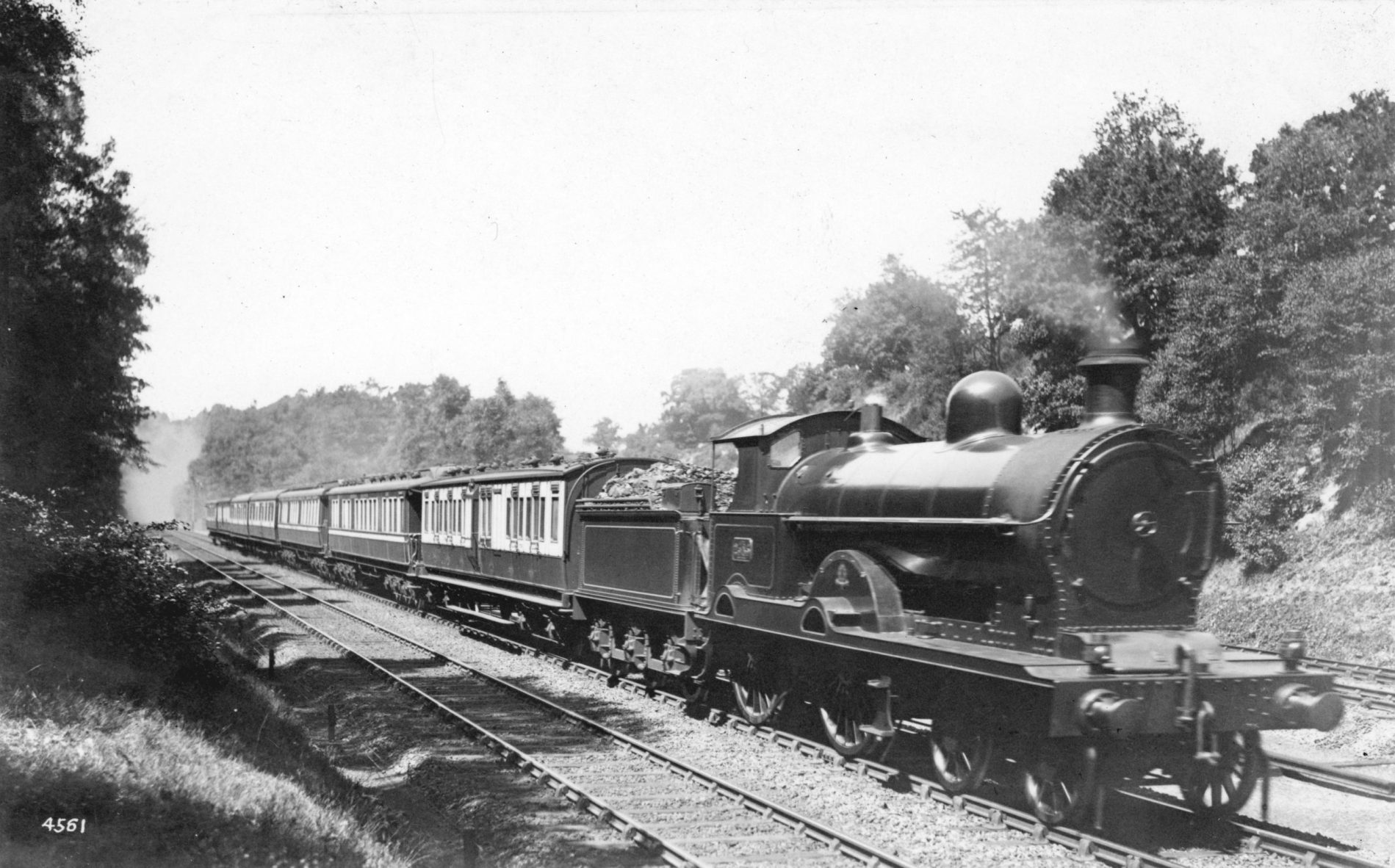London & North Western Railway Passenger Services
The Importance of Passenger Traffic
The LNWR was the largest and most important railway in Britain of the pre-grouping period (before 1923). At the time, it was Britain’s most busy and diverse railway system. It served the backbone of the country, providing the main routes between the four most important cities in England – London, Birmingham, Liverpool and Manchester, and linked the key industrial areas of London, the West Midlands, Lancashire, the Liverpool docks, Yorkshire and South Wales.
It ran the important routes to Scotland via Carlisle and to Ireland via Holyhead and via Fleetwood, and linked North and Central Wales with England and South Wales and the West of England. LNWR and West Coast Joint Stock carriages, built at the LNWR carriage works at Wolverton , were seen not only on its own lines but as far afield as Glasgow, Edinburgh, Gourock, Inverness, Aberdeen, Oban, Stranraer, Newcastle, York, Hull, Harwich, Brighton, Eastbourne, Southampton, Bournemouth, Plymouth, Penzance, Aberystwyth and Pembroke Dock.
At its peak, it ran a route mileage of more than 1,500 miles, and styled itself, unchallenged, ‘The Premier Line’. In 1913, just before World War I, it employed 111,000 people. For decades, it remained the largest joint stock company in the world.
The railway network allowed people to travel in a way that simply wasn’t possible before. Until the coming of the railways long journeys were arduous and even dangerous. Not only did the railways bring standard time to the country they allowed people to live at some distance from their places of work, which led directly to the developments of suburbs around our cities. The railway also allowed the development of tourist destinations and seaside resorts. At first such services were for the wealthy but soon they catered for third class passengers as well with the spread of paid holidays for working people.
For more information on passenger services go to our additional pages.






